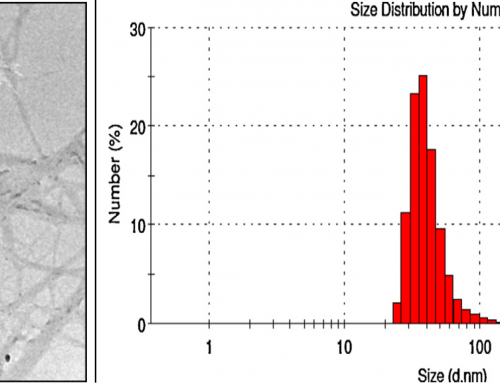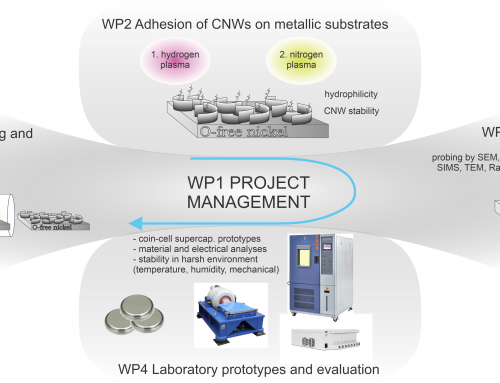Non-equilibrium plasma processing for superior composite magnets (L1-50007)
Project Leader: Prof. Dr Miran Mozetič (Jozef Stefan Institute)

The scientific aspect of plasma technologies for synthesizing composite magnets of superior magnetical, mechanical and chemical properties will be elaborated. The composite materials will be prepared from magnetic and polymer powders by extrusion. The magnetic powders will be pretreated by gaseous plasma before mixing and extruding to adjust the surface properties and ensure the appropriate surface energy of the magnetic powder for wetting the liquid polymer. The pretreatment will be initially performed in a small-scale experimental plasma reactor to determine the influence of plasma radicals on the surface finish of the magnetic powder. A broad range of plasma parameters will be probed and the best conditions selected for synthesizing prototypes of the composite magnets. The magnetic, mechanical, and chemical properties of the prototypes will be evaluated, and the most promising solutions identified. In the next step, the feasibility study for upscaling the plasma-treatment conditions will be performed. The influence of powders on the plasma as well as discharge parameters will be elaborated. A large reactor will be constructed and verified in the industrial environment. The reactor will be used for the treatment of powders in quantities useful for small-scale production. The composite magnets produced from powders treated in the large reactor will be thoroughly characterized for determining the feasibility of mass production. The composite materials will also be coated with a very thin film of a hydrophobic material to suppress the corrosion, which is likely to occur for his type of composite magnets. The coating will be deposited by plasma polymerization in a large, industrial-scale reactor to deposit protective coatings. The range of appropriate parameters useful for the routine deposition of protective coatings will be elaborated. Original technological solutions will be protected by patent applications submitted to the EU office, while scientific aspects of plasma-powder interaction will be published in renowned journals.






